Bandung, the highland city of West Java province, has long been known as the “creative heart” of Indonesia.
With its rich history, dynamic culture and youthful energy from dozens of universities, Bandung is asserting its position as the “design city” of Southeast Asia.
Indonesia's first creative city recognized by UNESCO
In 2015, Bandung was officially listed by UNESCO as a member of the Creative Cities Network (UCCN) in the field of design, becoming the first Indonesian city to achieve this title.
The recognition is not only a source of pride, but also opens up a new direction for Bandung - using creativity, design and technology as drivers of economic growth and sustainable development.
Speaking to a VNA reporter in Indonesia, Dr. Prananda Malasan, a design expert from Bandung Institute of Technology, said the factor that makes Bandung a design-oriented city is that the city has its own identity in design.
This is Indonesia's first UNESCO-recognized creative city. It has historic architecture, dozens of universities, and festivals that bring together heritage, creativity, and people.
The city government has set out a vision of “Bandung for Design,” focusing on friendly urban planning, community art projects, and a collaborative network between the government, businesses, universities, and the young design community.
Bandung is aiming to set up 30 innovation hubs and support 100,000 new creative businesses within five years, aiming to stimulate the creative economy and strengthen the city's role as Indonesia's “idea laboratory”.
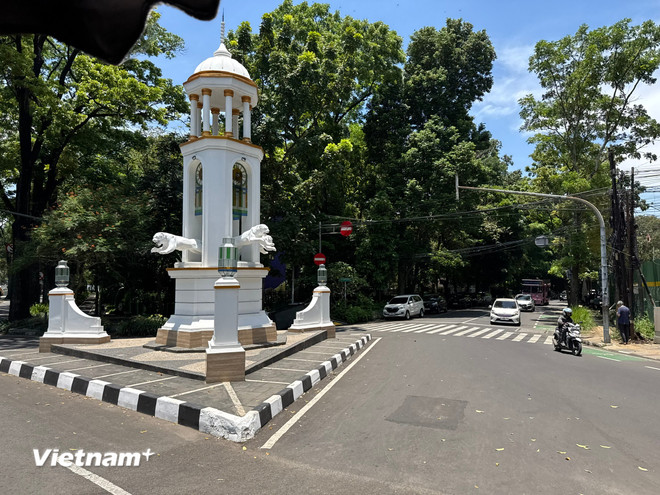
Bandung has been famous since the early 20th century for its architectural style with many influences of ancient Europe, designed and built by the Dutch, and was once known as the “Paris of Java”. Today, Bandung still retains that identity, while adding modern features by interweaving new, dynamic, youthful and technological marks.
According to local government figures, Bandung currently has more than 1,200 creative businesses operating in 15 fields, from graphic design, fashion , handicrafts to digital technology.
Spaces like Bandung Creative Hub, Yogya Creative Center or Labtek Indie have become destinations for young people who love creativity and entrepreneurship.
Bandung Mayor Yana Mulyana said the city sees “young human resources and innovative thinking” as its foundation. Prestigious universities such as Bandung Institute of Technology (ITB) and Telkom University play a central role, connecting training, research and practical application in the design industry.
The government also promotes programs such as the Bandung Creative Movement and Bandung Smart City, aiming to become a creative city – green, sustainable and people-centered in development.
Dutch architectural imprint
One of the factors that makes Bandung particularly attractive is its architectural heritage from the Dutch colonial period, which is still preserved almost intact. Many buildings built in the early 20th century are still present in the midst of modern life, creating an appearance that is both ancient and liberal for the “design city.”
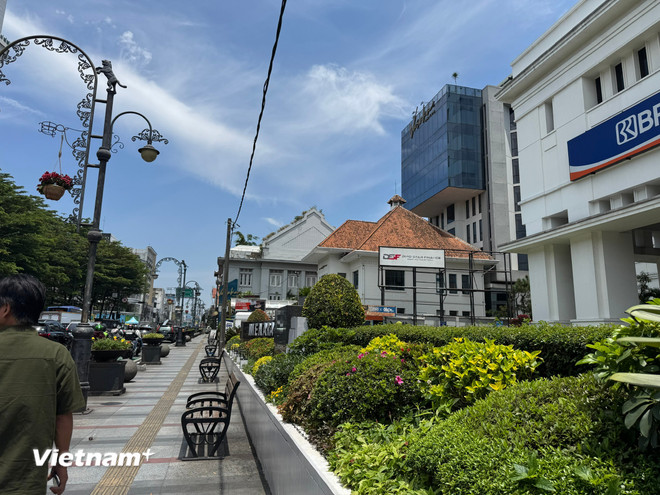
Art Deco and Indian style buildings such as the Sate building, Villa Isola, Savoy Homann hotel, or the Merdeka building, where the 1955 Asian-African Conference took place, are architectural icons of Bandung.
Not only reflecting historical marks, these works also become a source of creative inspiration for young architects and designers.
On streets like Asia Afrika, Braga Pedestrian Street or Dago Heritage, rows of old houses are interspersed with cafes, design studios, and art galleries, creating an urban space that harmonizes the past and the present. It is this intersection that makes Bandung not only a city of creativity, but also a unique cultural tourism destination in Indonesia.
Heritage conservation opens up creative space
Not only stopping at preserving ancient structures, Bandung is also highly appreciated for its way of "breathing new life" into architectural heritages to serve creativity and tourism.
Many buildings from the Dutch era have been intelligently converted into design museums, art centers, or startup spaces for young people.
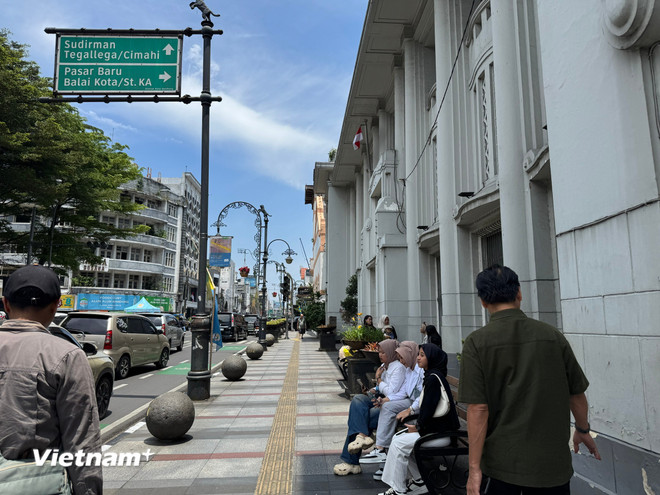
A typical example is Bandung Creative Hub, which was renovated from an old administrative building and is now a gathering place for artists, designers and creative entrepreneurs.
Other projects such as De Braga by Artotel or Gedung Merdeka Museum are also successful examples of the harmonious combination of preserving historical architecture and developing experiential tourism.
This model not only helps to preserve Bandung's urban identity, but also contributes to turning heritage into a sustainable economic resource, making the city a model of Indonesia in creative development based on historical and cultural values.
Mr. Abdul Shakir Kurator, a design expert from Malaysia who came to Bandung to attend the Design 2025 Exhibition taking place in Bandung, shared: This city provides creative inspiration because of the unique designs that are still preserved and I see Bandung as an “open gallery” of Indonesian design.
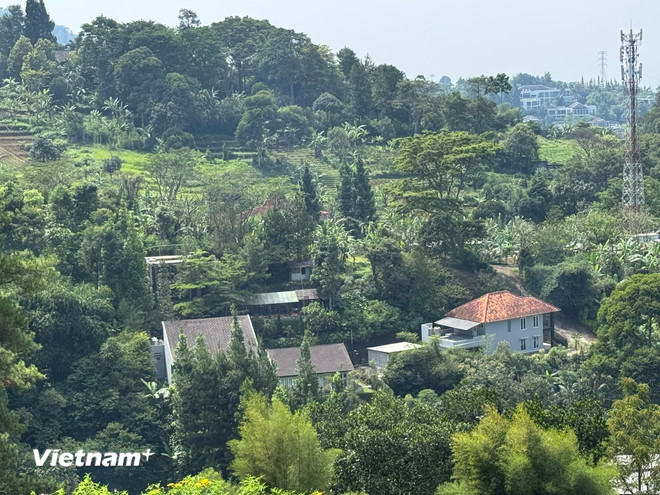
Bandung's recognition by UNESCO has also contributed to promoting many other localities in Indonesia to develop similar models, such as Yogyakarta (city of music) or Pekalongan (city of batik).
According to the Indonesian Ministry of Tourism and Creative Economy, these “creative cities” are becoming the core of the national creative economy strategy, contributing increasingly to GDP and promoting the image of “creative Indonesia” to the world.
From a peaceful highland resort city, Bandung has transformed dramatically to become a symbol of Indonesian creativity, design and technology, a testament to the enduring vitality of culture and innovative spirit.
The tree-lined streets, small, idea-filled cafes and art markets are Bandung’s signature charms. They all reflect the vitality of a city that cherishes its past, nurtures its present and looks to its future./.
Source: https://www.vietnamplus.vn/bandung-noi-sang-tao-thiet-ke-va-cong-nghe-tro-thanh-dong-luc-tang-truong-post1068609.vnp


![[Photo] Closing of the 13th Conference of the 13th Party Central Committee](https://vphoto.vietnam.vn/thumb/1200x675/vietnam/resource/IMAGE/2025/10/08/1759893763535_ndo_br_a3-bnd-2504-jpg.webp)





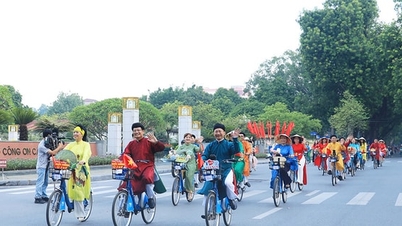

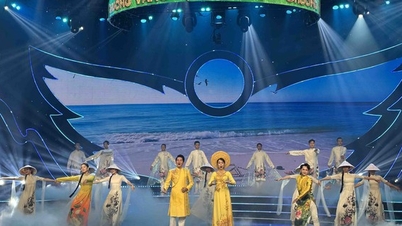

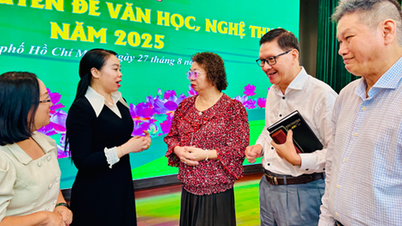
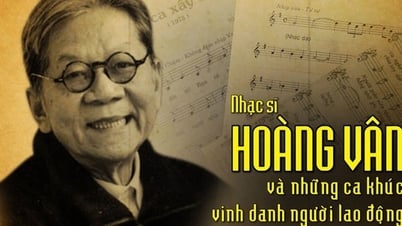
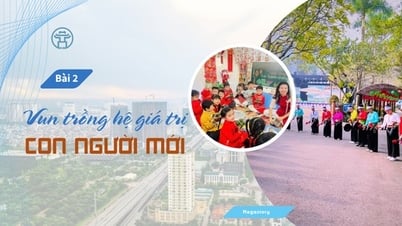
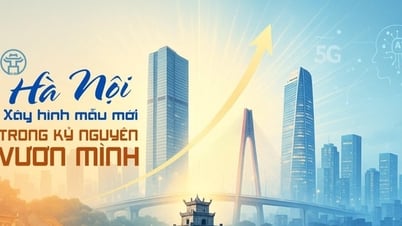
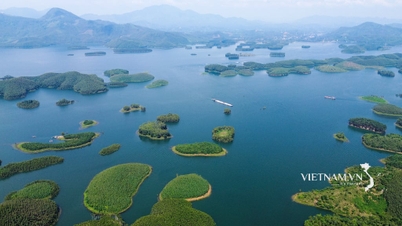


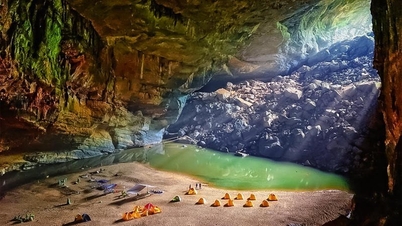

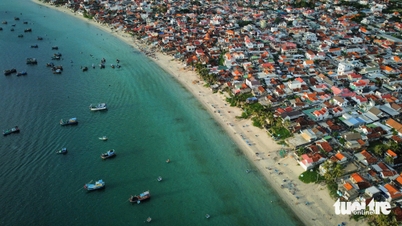









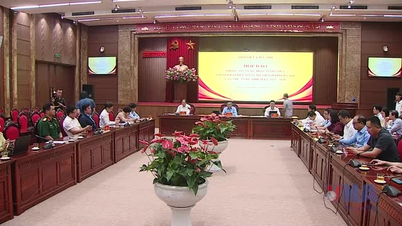

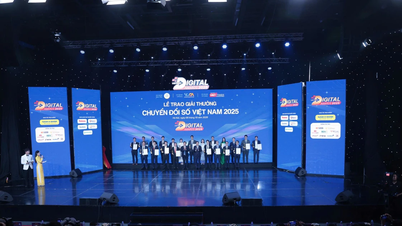













































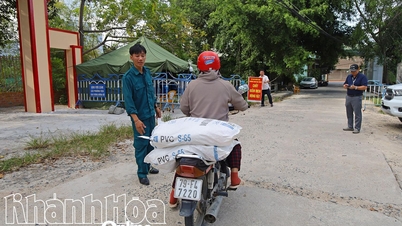




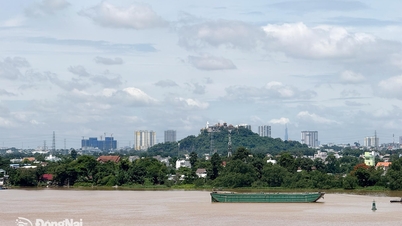

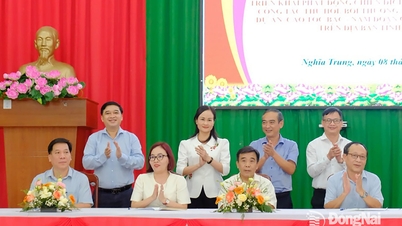











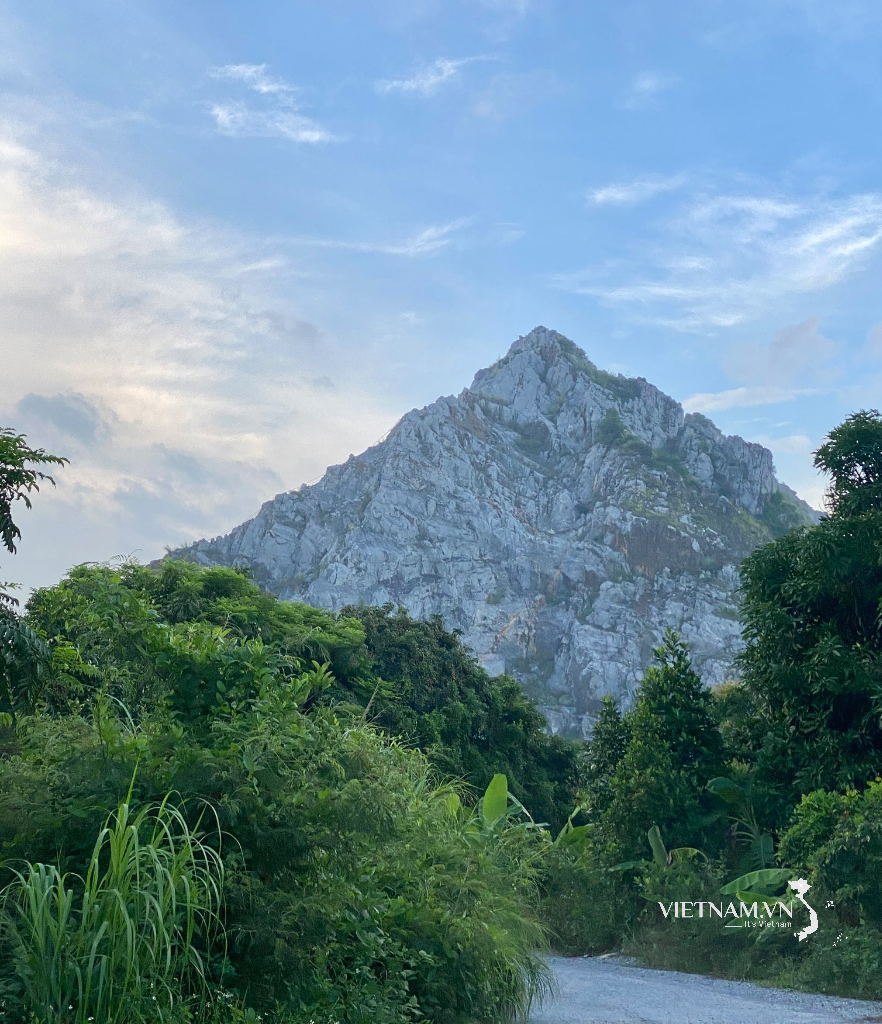



Comment (0)